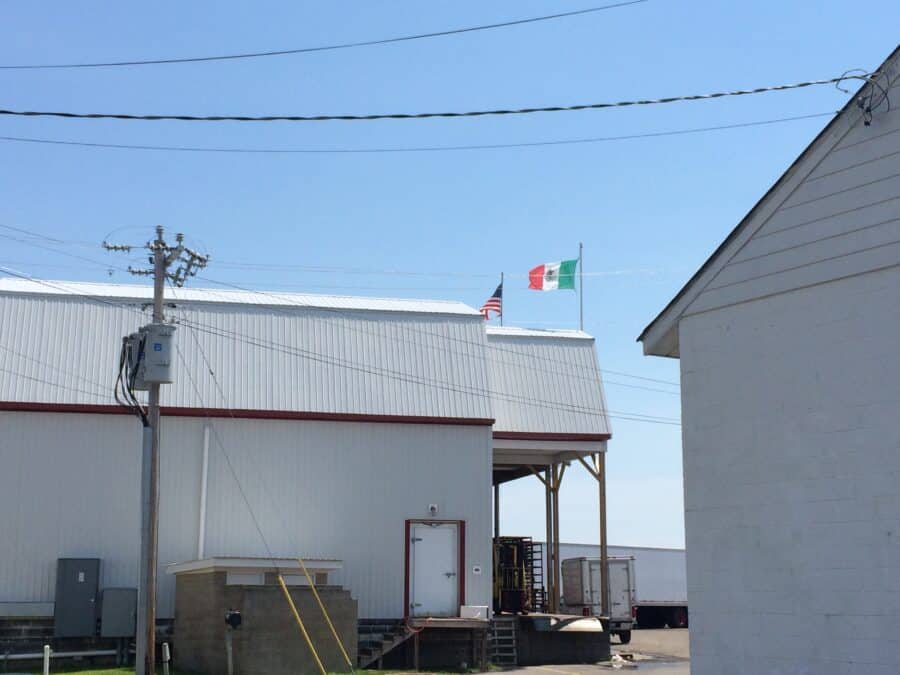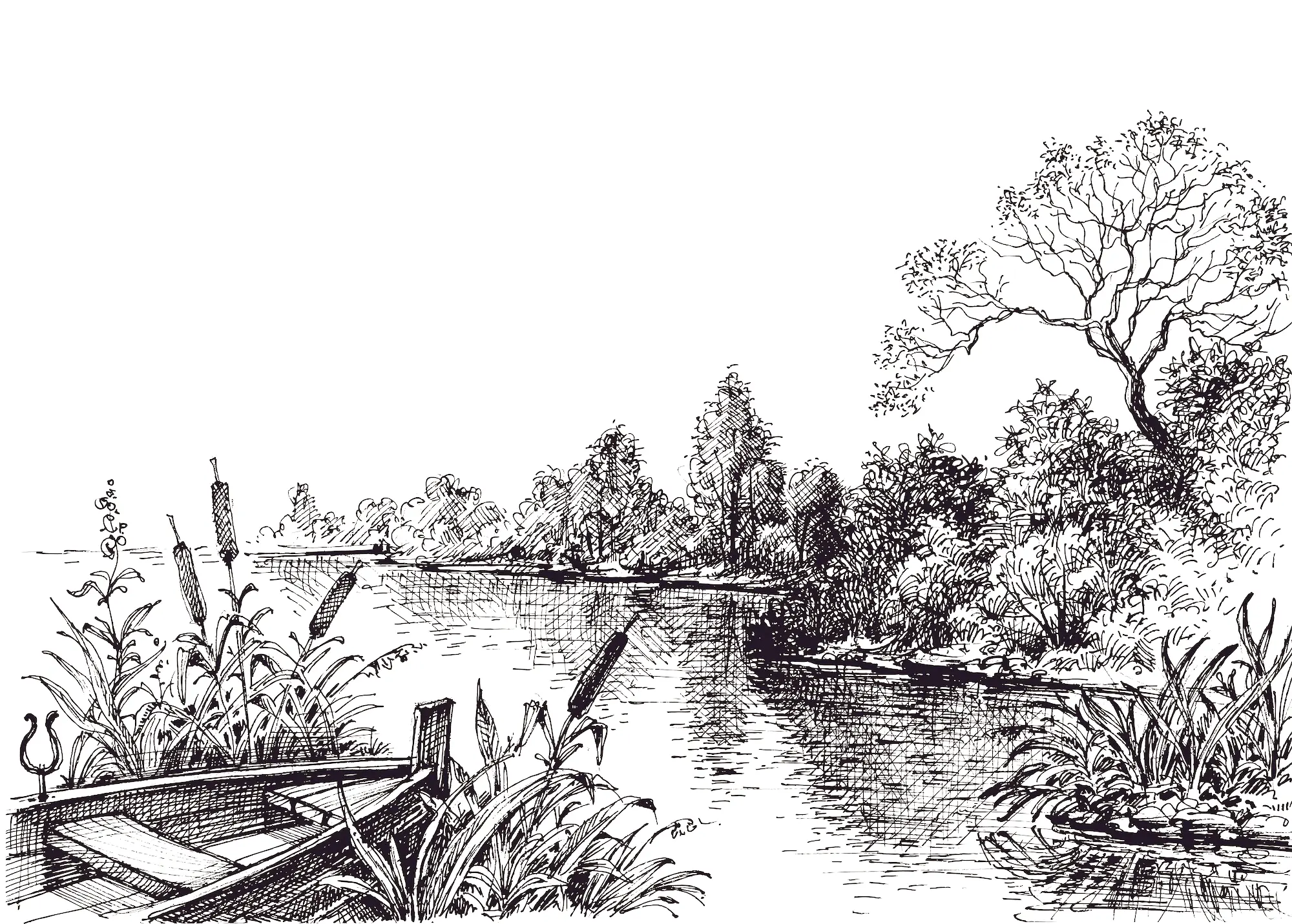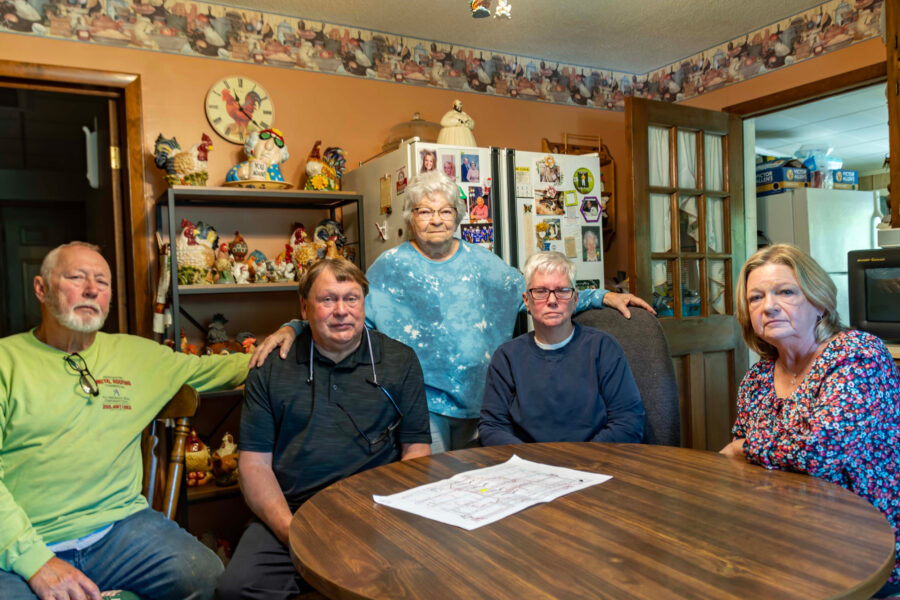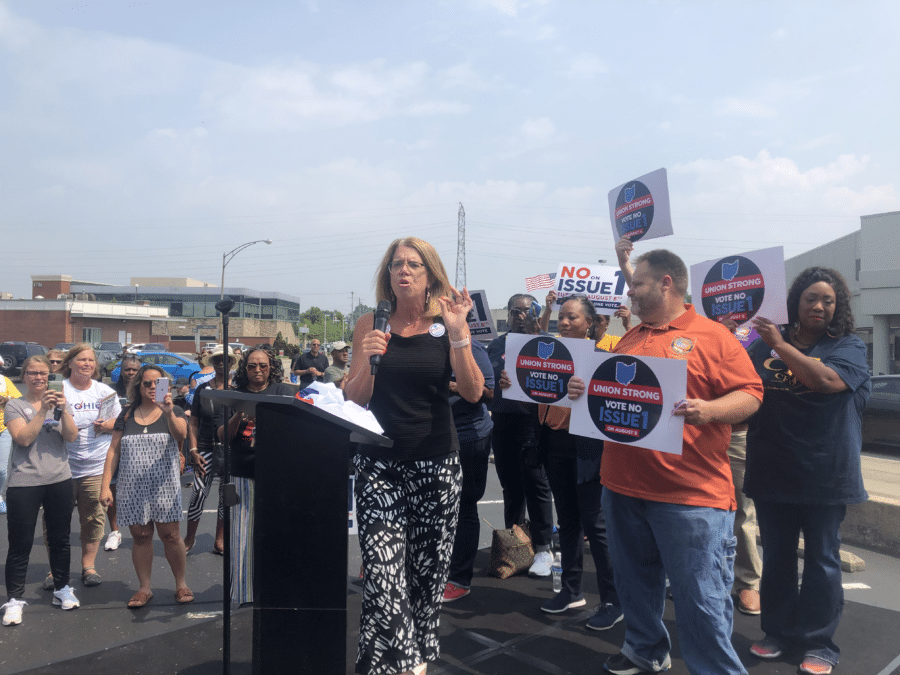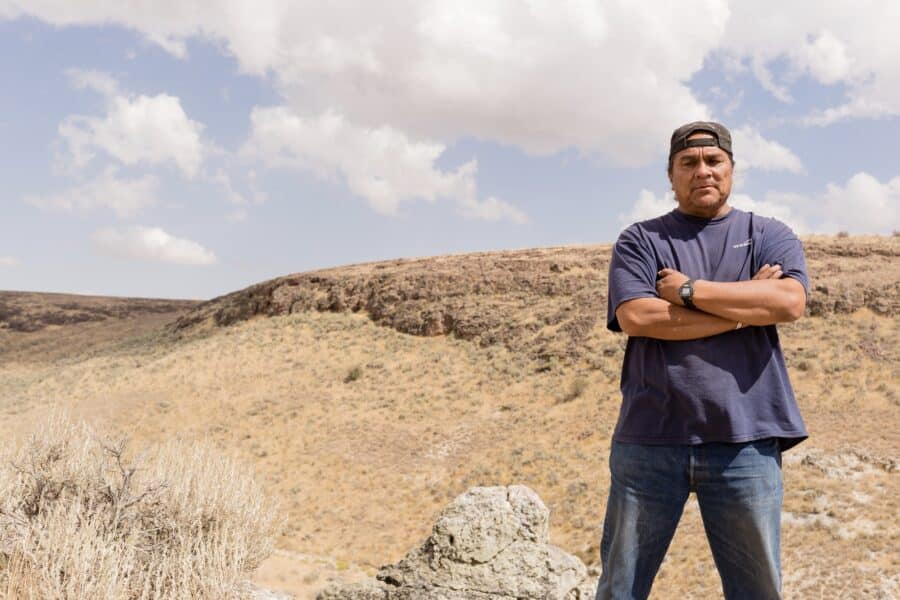Over the last 20 years, various Democratic party committees (Democratic Senatorial Campaign Committee (DSCC), Democratic Congressional Campaign Committee (DCCC), Democratic Governors Association, Democratic Legislative Campaign Committee) have created special units, often called desks, within their committees to advocate for specific constituency groups including: women, African-Americans, Latinos, labor, LGBTQ, veterans, etc.
To Reach Rural Voters, Democrats Need a Place-Driven Strategy
One rural political strategist details a plan
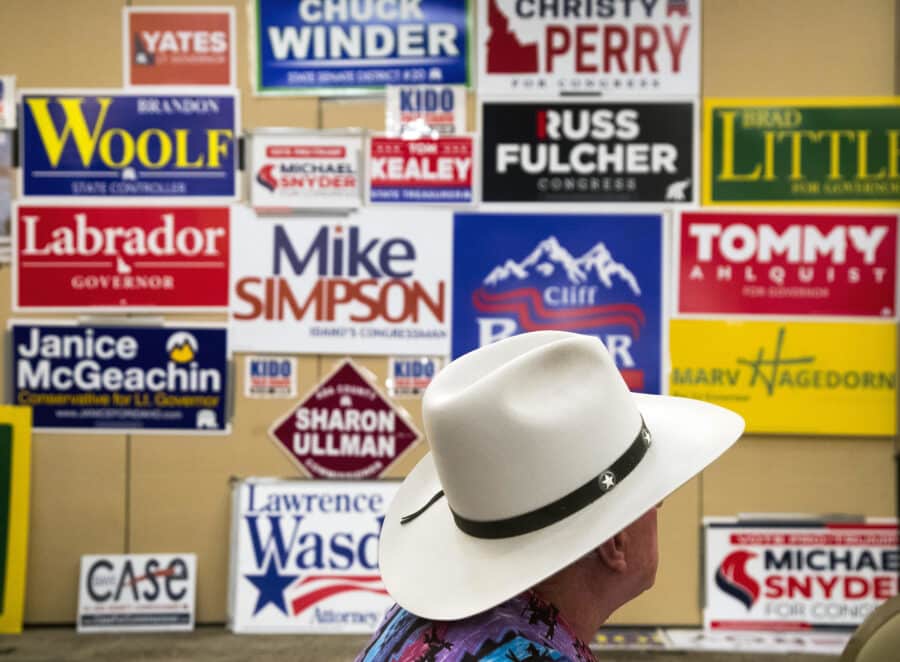

Yet, there has never been a desk established to focus on our country’s largest minority group—the 16 percent of Americans who live in rural areas, and as such comprise a geographic minority.
This failure to seriously address the concerns of people who live in small towns and rural areas has been devastating for Democrats in key statewide races, presidential battleground states, and numerous congressional and down-ballot fights. In the 2020 election, Democrats received only 32.5% percent of the vote in counties that were not adjacent to a metropolitan area and had no large town, an election in which Biden won 477 counties, while Trump won 2,497 counties.
It hasn’t always been this way. Back in 1984, at the height of the farm crisis, the Democratic National Committee (DNC) funded an Agriculture Council chaired by Jim Hightower, the fomer populist commissioner of the Texas Department of Agriculture and the current author of Jim Hightower’s Lowdown. At the 1984 Democratic National Convention, Hightower gave a well-received speech, in which, slamming the policies of President Reagan, he said:
“If you are any right-wing Latin American dictator with a pair of sunglasses, you can get money from this administration to burn a wet mule. But if you are a just a dirt farmer needing some extra time on your farm loan because the prices you’re receiving don’t even meet expenses, this bunch slams the door of your own government in your face.”
That year, the Agriculture Council held “Farm Forums’ in eight states including one I attended in Maine. The Maine forum featured former Sen. George McGovern (D-South Dakota) and the agriculture commissioners of Maine and New Hampshire who took testimony from New England farmers and growers whose concerns were then incorporated into both the 1984 Democratic Party Platform and proposed legislation in the 1985 Farm Bill.
In his report to the DNC, Agriculture Council Chairman Hightower wrote:
“When all was said and done, it came down to one word: Price! Other important issues were discussed at the eight farm policy forums sponsored by the DNC’s Agriculture Council during the past six months, but the overwhelming consensus among participating farers was that the other concerns—overproduction, soil and water conservation, high interest rates, lack of credit, entry of young farmers, the depressed farm service industry, and the farm program’s highcost, to name a few—could and would be solved when farmers receive a fair price for their products.”
In addition, this advisor could create content for state Democratic Party rural caucuses and county committees, examining what Republicans are doing to injure rural constituencies, while celebrating what Democratic policy accomplishments such as the Inflation Reduction Act of 2022 and the CHIPS and Science Act of 2023 have done to boost rural economies.
In addition to the farm policy forums, the council also put out Issue Alerts on America’s family farms detailing the disaster of the Reagan administration’s agriculture policy and what Democrats would do to address farm crisis. The Issue Alerts provided rural Democrats with talking points on how Reagan’s actions hurt farm income, export sales and farmers’ access to credit, and paired them with the Democrat’s prescriptions for relief.
Two decades of rural inaction
In 2004, the Democratic Majority Leaders Rep. Nancy Pelosi and Sen. Harry Reid created, respectively, the House Democratic Rural Working Group (HDRWG) and the Senate Rural Outreach (SRO) as arms of the Democrat’s steering and policy committees to focus messaging on Democratic policy accomplishments for rural America. The HDRWG was first chaired by Rep. Bennie Thompson of Mississippi and later by former Rep. Stephanie Herseth Sandlin of South Dakota. But after Sandlin was defeated in 2010, along with most of the Blue Dog Coalition, Pelosi folded up the shop. SRO did an outstanding job of communicating with rural grassroots Democrats under Sen. Blanche Lincoln of Arkansas, but when she was ousted, also in 2010, Reid let the entity go fallow.
The year 2004 also saw the advent of the DNC Rural Council, which was birthed by the frenetic work of some Democratic national committeewomen—Denise King of upstate New York and Nancy Larson of rural Minnesota who badgered party chair Terry McAuliffe for two years until he said yes. But to this day the Rural Council is still stuck in second class status, unable to become a full-fledged caucus. Why? Because under party rules, the group must represent at least 2% of the DNC membership, and its members must share an “immutable characteristic.” In the eyes of the party, being rural is not a permanent trait. I swear, you can’t make this stuff up.
“For every blue-collar Democrat we will lose in western Pennsylvania, we will pick up two, three moderate Republicans in the suburbs in Philadelphia, and you can repeat that in Ohio and Illinois and Wisconsin. The voters who are most out there figuring out what to do are not the blue-collar Democrats, they are the college-educated Republicans.”
Sen. Chuck Schumer ( D-N.Y.) in 2016, the year Democratic Presidential Nominee HIllary Clinton lost Wisconsin
In 2020 the DNC named a “Rural Political Director” and in 2022 a “Senior Advisor for Rural Engagement” but both positions were solo hires and as such were panned as more tokenism. Given the challenges that the Democratic Party faces with rural voters, it is just not fair to expect one person to be able to turn things around by themselves. To make matters worse, these folks were laid off after the 2020 and 2022 election.
DNC Chair Jamie Harrison has allowed Democratic strategists to take over his Dirt Road Democrats PAC, and while this is a nice gesture, it is no substitute for a DNC year-round investment in a Rural Desk.
It was hoped that with rural electeds running the DSCC and DCCC (Sen. Jon Tester of Montana in 2014 and Rep. Cheri Bustos of Illinois in 2018) that we would finally have a Rural Desk at these committees. It was not to be.
You see, it was really Pelosi and Senate Majority Leader Chuck Schumer of New York who were calling the shots at the respective campaign shops. In 2016, Schumer famously said, “For every blue-collar Democrat we will lose in western Pennsylvania, we will pick up two, three moderate Republicans in the suburbs in Philadelphia, and you can repeat that in Ohio and Illinois and Wisconsin. The voters who are most out there figuring out what to do are not the blue-collar Democrats, they are the college-educated Republicans.” Those words have been proven false by such crushing defeats as Hillary Clinton losing Wisconsin and Ohio to Trump in 2016, Sara Gideon in Maine in 2020 and Cherie Beasley in North Carolina and Mandela Barnes in Wisconsin in 2022, all of whom under performed with rural voters, and I could list more.
What a rural desk could do
So what would a Rural Desk look like? Each party campaign committee needs a Rural Desk to compete for rural votes. A Rural Desk should be composed of a minimum of three staff each with complimentary skills and roles:
Policy and Issues: The role of the policy and issues advisor would be to help candidates better understand the range of policies and issues that directly affect rural voters within the jurisdiction they are running for office. The advisor would make a comprehensive voting record detailing the incumbent (Republican) challenger’s record on the “meat and potato” issues rural voters care about (agriculture, broadband, health care, infrastructure, postal service, trade, veterans, etc.).
Field and Scheduling: Candidates need advice and counsel on how best to deploy their field resources, reach rural voters and maximize campaign time devoted to rural portions of their states or districts. The field and scheduling leg of the Rural Desk would target which rural precincts should receive attention for voter turnout efforts through canvassing and yard sign placements. Additionally, they would provide campaign schedulers with a list of venues and opportunities where Democratic candidates, along with campaign surrogates and volunteers, can meet and interact with rural voters. Every rural area has its signature event(s) that occur throughout the year.
A candidate’s presence at these events is often critical, but many candidates don’t know they exist. From old home days to county fairs, parades and festivals, rural life is marked by participation and celebration of ritual community gatherings. Whether it is a steak roast or BBQ sponsored by the volunteer fire department, a festival crowning the watermelon queen, an antique tractor pull or or celebrating the potato crop, Democrats need to have information about the details of these events so they can participate and meet rural people where they are.
Earned, Paid and Social Media Outreach: As with urban and suburban demographics, candidates need to know the lay of the media landscape in rural areas with respect to charting their earned media strategy—publicity the candidate receives from what they they say and do, rather than through paid advertising. The rapid decline of legacy media outlets means fewer reporters covering races, loss of publication of letters to the editor and a decline in newspaper endorsements. The staff providing support here would help candidates understand how to gain earned media coverage–what radio stations have popular talk shows, which podcasts have large audiences, what newspapers do editorial boards need to be scheduled with, what local issues voters are most concerned with. On the paid media side, messaging to rural folks using billboards, print ads in weekly newspaper and radio spots becomes more important as well as ads on digital platforms such as Facebook, Twitter and Instagram. For example, in Kentucky print ads in rural weeklies are best placed on the page with the police log, while in Missouri the page of choice is the obituaries.
The ability to create and get eyeballs on clever and catchy memes is a vital component of any social media effort. Memes that do a good job of educating and exposing Republican failings on issues near and dear to the hearts and minds of rural voters and can be widely liked and shared will be valuable tools.
This is doable. To be sure, the staff hired to direct a rural desk need to be from rural places and have some dirt under their nails. It is not a question of financial resources. According to Ballotpedia, so far this election cycle, the DNC, DSCC and DCCC have raised a cumulative $178 million and spent $162 million which means there is plenty of cash on hand to devote to creating and staffing robust rural Desks. Rather, it is a question of will. And whether that exists within the Democratic Party has yet to be determined.

Matt L. Barron is a political consultant and rural strategist based in Chesterfield, Massachusetts where he runs MLB Research Associates.
Have thoughts or reactions to this or any other piece that you’d like to share? Send us a note with the Letter to the Editor form.
Want to republish this story? Check out our guide.
More from Barn Raiser
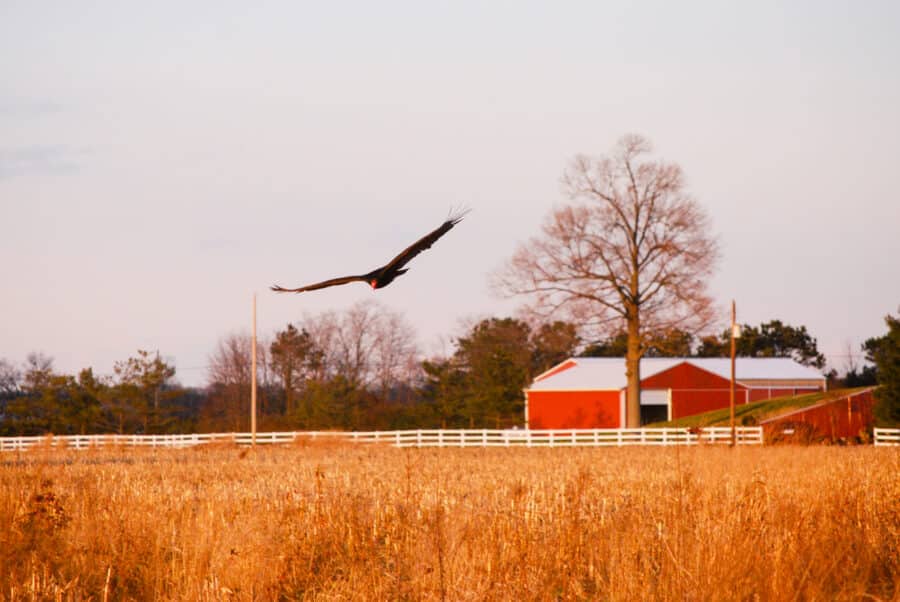
What Rural Healthcare Looks Like in ‘The Land that Time Forgot’
